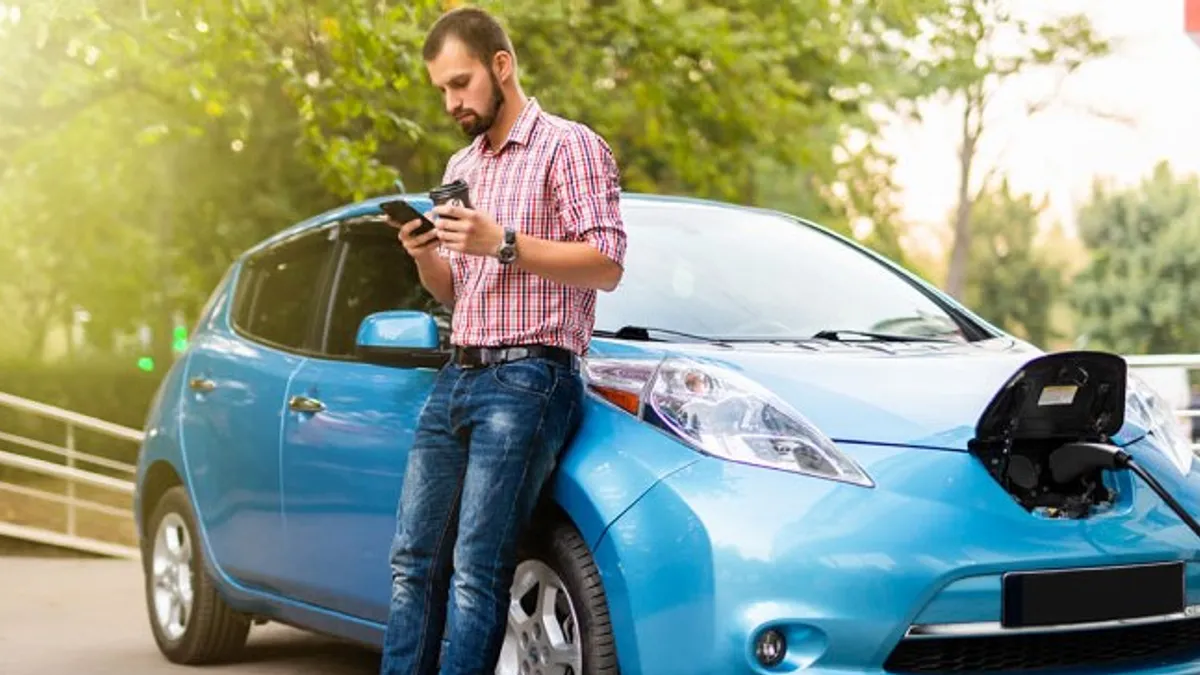To spur electric vehicle (EV) adoption in North America, charging infrastructure must be useful to drivers and work when they need it; it has to be reliable. If drivers cannot depend on charging infrastructure (a phenomena known as charger anxiety), they won’t drive electric. When ratepayers or the public fund charging stations, utilities and policymakers have an important opportunity and, arguably, an obligation to ensure that their investments in charging infrastructure deliver value. Measuring and standardizing charging station reliability is critical to ensuring valuable investments over time.
Reliability matters
When it comes to transportation electrification, we live in exciting times. Legislators across North America continue to adopt aggressive climate and zero emission vehicle adoption targets which, in tandem with supportive programs and policies, have the potential to affect real and meaningful change in the way we drive.
However, realizing the full potential of these programs depends on thoughtful policy design—design which looks not only at the initial award of funds, but ensures investments in public infrastructure deliver good value for money over time. How do we do that? At a high level, we focus on reliability.
We can all agree that the concept of charging station reliability is important, but what does it mean in practice? In the EV charging industry, reliability is often measured in terms of uptime, defined as the percentage of time over a calendar year that charging services are available or in-use. An uptime of 99% would mean 361 days of availability (8,672 hours) of charging services over a calendar year (8,760 hours), whereas an uptime of 95% would mean 347 days of uptime (8,322 hours) over a calendar year (in each case assuming 365 days/year). While the difference between 99% and 95% is just 4 percentage points, for an EV driver it can be substantial, as that is 14 days (or 350 hours) of downtime. And that’s just one charging station! If you expand this calculation to include a whole network of charging stations (e.g. 30,000 public charging stations), the difference is staggering: 420,000 days or 10.5 million hours.
Reliability matters for all EV drivers, but it can be especially relevant for the significant proportion of North Americans who live in multi-unit dwellings (MUD). Installing home charging in MUDs can be both challenging and expensive, which means that if condo and apartment residents want to choose EVs, they are often deeply dependent on public charging. It only takes one bad experience to turn a driver off of EVs (and to share that bad experience with their friends and family).
Once we acknowledge that charging station reliability is key to supporting EV drivers and to the development of our industry as a whole, the next step is considering what we can do to measure and standardize reliability so that we incentivize the best outcomes and the best uptime possible.
Measuring reliability
From an EV driver's perspective, reliability is simple: does the charging station work when they need it to? However, for the station owner or network operator, the issue is more complex. There are different reasons why a charger may not work. For example, there may be an issue upstream with the electrical feed or a problem with the station hardware or communication network. Some of the causes of these failures may be outside the control of the network operator (like upstream power failures, vandalism, accidents, restricted access to a site and so on), whereas others may be within its control (like equipment or network failures).
Even if the issue is outside the network operator’s control, the network operator can still be accountable for responding to an issue that affects service quickly. In assessing responsiveness, one could consider (i) the time it took for the network operator to detect the service-affecting issue, (ii) the time it took for the network operator to escalate the service-affecting issue to the party responsible, (iii) the time it took for the party responsible to repair/resolve the service affecting issue and restore service (known as mean time to repair or “MTTR”); and (iv) the time it took for the network operator to restore service (known as the mean time to restore service or “MTTRS”). Looking at these types of key performance indicators—which directly affect a charging station’s downtime—may help to explain a particular level of uptime and provide important insights into the reliability of the charging experience.
Finally, uptime is also impacted by performance of the charging equipment in the field. Assessing charging equipment performance could involve looking at the mean time between failure of equipment (known as mean time between failures or “MTBF”). As susceptibility to failure is highly dependent on equipment design, mean time between failure should be evaluated based on the specific equipment model and version. This method provides a helpful assessment of equipment reliability, as it takes into consideration the actual performance of this equipment over time. All things being equal, a high MTBF should lead to better uptime.
Standardizing reliability
Right now, the metrics for reliability in the EV charging space are not widely known, and those organizations who produce and manage charging infrastructure likely have different understandings about how reliability should be measured. However, given the overwhelming importance of reliability to users, it should be a priority to include reliability standards in public and utility funding criteria for infrastructure. Public funds are limited, so we need to make sure that infrastructure funded with those funds achieves a standard of reliability high enough to support the continued adoption of EVs. Network operators, governments and utilities funding infrastructure all have a key role to play in promoting charging infrastructure that provides value not just at the time of station commissioning, but over the long term. As an industry, we can and should work together to develop common metrics of reliability and uptime that allow funders and users to compare performance accurately, as this this will help existing EV drivers by reducing charger anxiety, and make driving an EV a more attractive experience for everyone.






